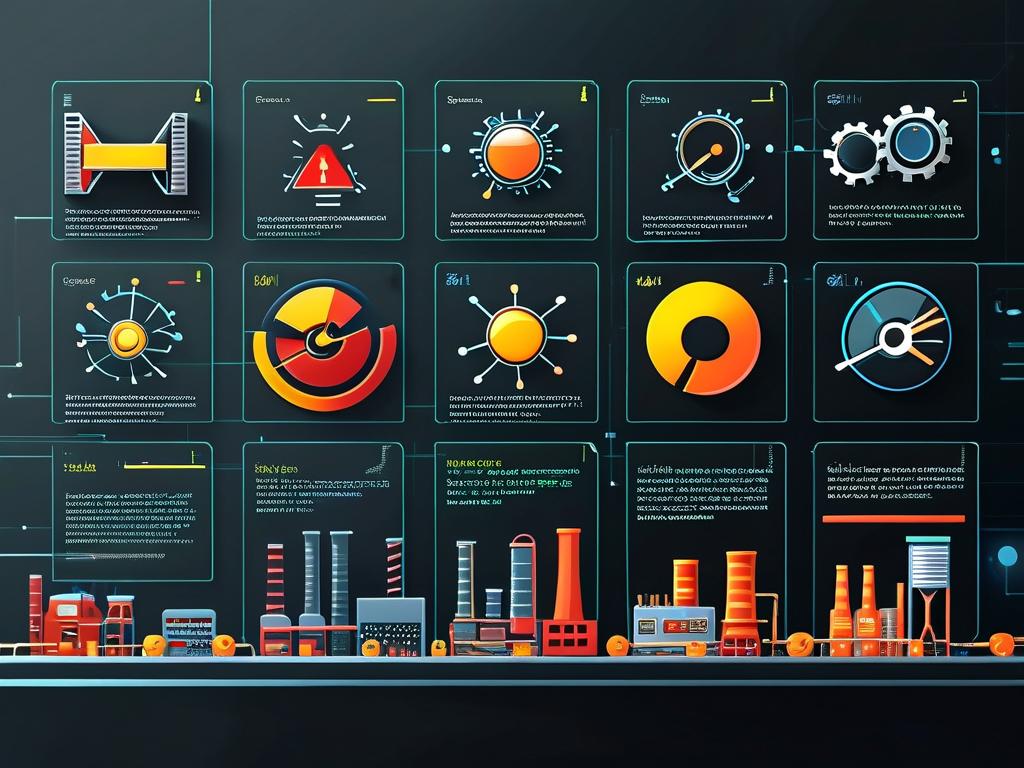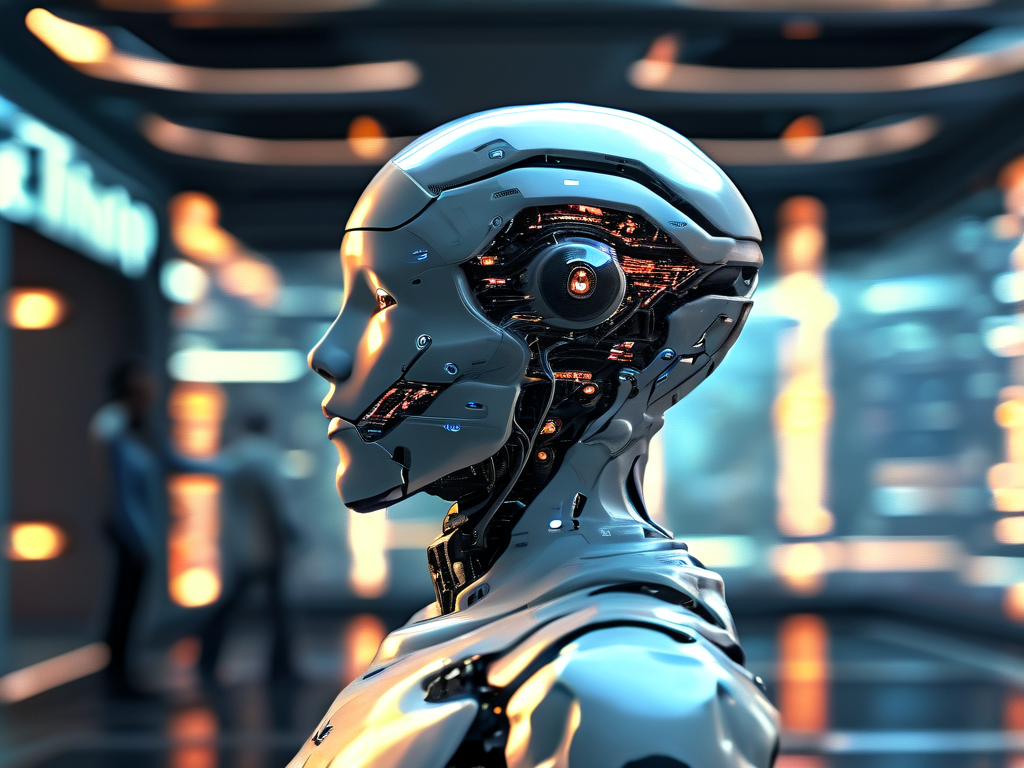Fault prediction algorithms play a crucial role in modern industries by identifying potential equipment failures before they cause costly downtime or safety hazards. These tools analyze historical data and real-time signals to forecast issues in systems like manufacturing lines, IT servers, or automotive engines. Understanding the most widely used algorithms helps engineers and data scientists implement effective predictive maintenance strategies. This article explores several common fault prediction algorithms, describing how they work and their practical applications without relying on lists for clarity.

One prominent approach involves time series analysis methods such as ARIMA (AutoRegressive Integrated Moving Average). This technique models temporal data points to detect anomalies or trends that signal impending faults. For instance, in wind turbine monitoring, ARIMA processes vibration sensor readings over weeks to predict bearing wear. It excels in scenarios with clear patterns but requires careful tuning of parameters to avoid false alarms. Many engineers combine it with seasonal adjustments for better accuracy in cyclic operations like HVAC systems.
Machine learning algorithms form another core category with random forests being a popular choice. These ensemble methods build multiple decision trees to classify data points as normal or faulty based on features like temperature spikes or pressure drops. In data center management, random forests predict server failures by analyzing CPU usage logs and network traffic. They handle noisy data well and provide interpretable results through feature importance scores. A simple Python snippet using scikit-learn demonstrates setup:
from sklearn.ensemble import RandomForestClassifier model = RandomForestClassifier(n_estimators=100) model.fit(training_data, labels) # training_data includes sensor readings predictions = model.predict(new_data) # flags potential faults
Support vector machines (SVM) also fall under machine learning for fault prediction. SVMs create hyperplanes to separate fault indicators from normal operations in high-dimensional spaces. They are robust in applications like predictive maintenance for industrial robots where data has clear margins, such as distinguishing between motor overloads and standard vibrations. However, SVMs can be computationally heavy for large datasets but offer high precision when kernel functions are optimized.
Deep learning techniques, particularly recurrent neural networks (RNNs) and long short-term memory (LSTM) networks, handle sequential data for fault forecasting. LSTMs capture long-term dependencies in time-series data, making them ideal for predicting failures in complex systems like aircraft engines. By processing sequences of sensor inputs, they learn patterns indicating wear and tear. In practice, an LSTM model might analyze oil pressure and temperature logs over months to anticipate gearbox issues in heavy machinery, reducing unplanned outages significantly.
Statistical methods such as regression analysis provide a simpler yet effective fault prediction framework. Linear or logistic regression models correlate input variables like operating hours or environmental conditions with failure probabilities. For example, in automotive diagnostics, regression predicts battery degradation based on charge cycles and temperature history. These methods are easy to deploy and interpret but may underperform with nonlinear relationships compared to advanced AI.
Hybrid approaches combine multiple algorithms for enhanced reliability. A common fusion involves integrating Kalman filters with neural networks to predict faults in dynamic systems like autonomous vehicles. The filter estimates system states while the network refines predictions using real-time data. This synergy improves robustness against sensor noise and adapts to changing conditions.
In , fault prediction algorithms like time series analysis, machine learning models, deep learning networks, and statistical methods form the backbone of modern predictive maintenance. Each has strengths—ARIMA for pattern detection, random forests for versatility, LSTMs for sequence handling—and selecting the right one depends on data type and application context. As industries embrace Industry 4.0, these algorithms evolve with AI advancements to minimize risks and boost efficiency. Engineers should prioritize data quality and continuous validation to maximize algorithm performance in real-world scenarios.









